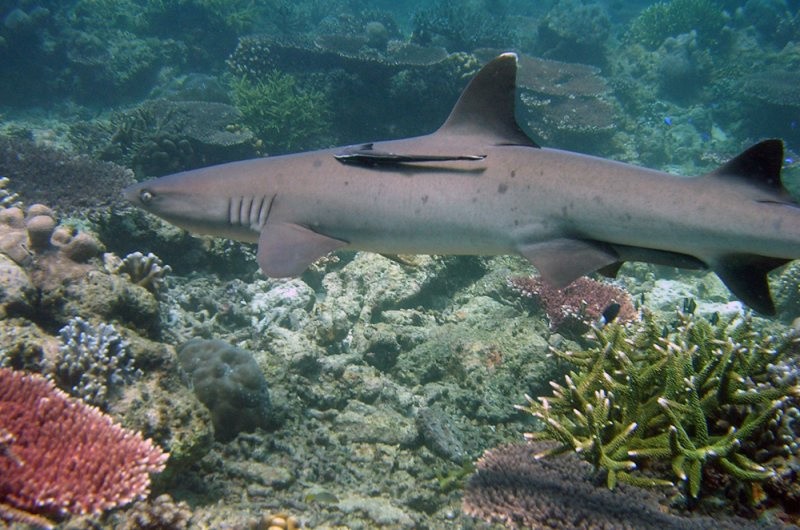The Philippines' coral reefs are among the world's most vibrant-but they're in danger.
Although much of the archipelago's underwater beauty is protected, climate change and harmful fishing methods threaten other regions.
Philippine Coral System

Tourists swim with whale sharks at Oslob, Cebu Island, illustrating the conflict between using and protecting the ocean. Scientists are concerned that throwing shrimp to entice sharks would modify the animals' behavior. However, tourism can assist conserve coral reefs by replacing fishing in the economy.
Kennedy Warne has been enchanted by jewel boxes of coral magnificence elsewhere in the Philippines. The Coral Triangle, located in the Indo-Pacific, is home to the world's most diverse marine life.
More than 500 coral species-roughly three-quarters of all known coral species-can be found here. They have constructed reefs that would cover an area the size of Ireland. There are too many species to list in these underwater cities. The Philippines, at the heart of the Coral Triangle, is home to roughly 1,800 different reef fish species.
However, the only inhabitants in this coral graveyard he is visiting are refugees. He feels a twinge of sadness when he sees a cleaner wrasse. It cleans other fish in the reef environment by nibbling parasites and other marine hitchhikers off their bodies. On the other hand, this cleaner has no one to clean for. It swims alone in the desert.
Corals and Harmful Fishing
After a hurricane, the corals around it have fallen like trees. Something shines in the sunshine among the dead stumps, and he picks up the bottom of a broken glass bottle. He's seen bottles like these with nitrate fertilizer and a detonator and fuse on top. Toss the bottle into the sea after lighting the fuse. Fish are stunned or killed outright by the explosion, and they float to the surface to be collected by anglers.
Blast fishing is risky for both fish and anglers. You might lose a hand, an arm, or your life if a bottle bursts too fast. Two days before Warne arrived at the Danajon Bank, 20 miles east of Cebu island, a fisherman died this way, in a region of the Philippines where destructive fishing practices have a long history:
- Explosives.
- Cyanide to flush fish out of coral crevices.
- Nets that are so fine they catch anything that moves.
All of these methods are unlawful, but they continue to be used. They are a cumulative calamity for coral reefs, depleting marine life more quickly than the slower-burning tragedies of dwindling fish populations, pollution, and climate change.
Why are Coral Systems Important?
More than a million small-scale fishermen in the Philippines rely on coral reef fisheries for a living, contributing about $1 billion to the country's economy each year. Fish and other marine species are in short supply due to the fast-rising population. Overfishing, harmful fishing practices, and sedimentation, on the other hand, have severely harmed or destroyed numerous reef regions. Fish catches have dropped well below what healthy reefs can tolerate. The coastal fishing population has suffered significant economic losses.
Related Article : Ocean Warming Makes the Water 'Louder,' Impacting Marine Life
For more Environmental News, don't forget to follow Nature World News!
© 2025 NatureWorldNews.com All rights reserved. Do not reproduce without permission.





